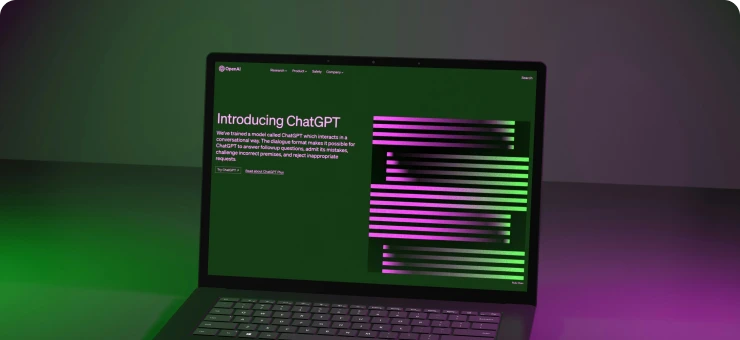Top 6 microlearning examples for effective e-learning
Microlearning is continuously making waves as a key e-learning trend. We’ll explain what microlearning is, exactly, and share some notable examples to inspire you on your content creation journey.

What is microlearning?
As its name suggests, microlearning refers to quick, short-form pieces of learning content, usually lasting between two to five minutes. It can come in many formats, including text, video, and graphics. The bottom line that makes a content piece microlearning is that it’s bite-sized, focuses on a specific topic, and is easy for learners to digest. In other words, microlearning offers what a typical, 20-minute e-learning course can’t: brevity and specificity.
Because of its nature, microlearning is the ideal solution to keep up with today’s mobile-driven digital audiences with shorter attention spans.
Learn more about what microlearning is and its benefits.
Best microlearning examples
Let’s look at some examples of microlearning courses and content and the effect they have on learners:
-
Mobile apps for skills training
Mobile learning — another e-learning trend — can be a form of microlearning. There are many mobile apps offering short courses that enable quick, digital learning optimized for small screens. Headspace, for example, is an app that guides users through short meditation sessions lasting as short as 3 minutes. This type of app makes it easy for users to pick up a new skill (i.e. practicing mindfulness) without having to invest too much time.
-
Infographics for quick facts
As the name implies, infographics are visually engaging graphics that summarize complex subjects, usually featuring key takeaways in the form of numbers and short text. The Visual Capitalist, for example, is an online publisher that creates data-driven visuals on complex topics like the global economy, with the mission to “help cut through the clutter and simplify a complex world.”
-
Social media as a microblogging tool
Social media platforms like Twitter and Instagram can be used for more than just storytelling. Twitter’s 280-character limit, for example, challenges educational content creators to deliver tips and insights quickly so users can digest information in a matter of seconds. Similarly, the more visual platform of Instagram can be used to share infographics or short videos to educate users quickly.
Get started with microlearning
Discover the power of microlearning and get expert tips to create engaging, bite-sized content for your learners.
Microlearning video examples
Because of their ability to engage learners through multiple senses — audio, visual, and even interactivity — videos make for an especially engaging learning experience. Here are some examples of how to create microlearning videos:
-
Whiteboard animation videos
Educational videos don’t always come in the form of an instructor sitting in front of a video. In fact, the art of whiteboard animation content is becoming increasingly popular. As its name implies, these types of videos portray a whiteboard — a traditional classroom tool for teaching — and an instructor’s hand drawing out concepts with a voiceover recording narrating the lecture. Its familiar classroom approach to teaching, combined with audio and visual features, makes it ideal for conveying complex subjects like security or compliance training.
-
Video tutorials on YouTube
Whether you want to know how to edit a photo or how to grow vegetables at home, video tutorials are a great way to pick up a new skill quickly. YouTube, for example, is a video-sharing platform filled with educational content created by everyday users. With such an online library of microlearning content at your fingertips, there’s no need to pursue an academic degree or even dive into a 30-minute course. All you need to do is search for the specific skill you’re trying to pick up, and let a 5-minute video show you how.
-
TikTok explainers
For learners looking for even shorter videos, a social media platform like TikTok is filled with educational content covering various topics. From skincare tutorials to gardening tips, TikTok truly serves as an example of bite-sized learning, enabling learners to focus on specific questions and get answers in as short as 15 to 30 seconds.
With remote work and digital learning continuing to take center stage, creating microlearning content isn’t just a way to keep up with e-learning trends. Beyond that, it means you’re providing an optimal experience for today’s online learners.
Easygenerator can help you create effective microlearning content to meet your employees’ learning needs on the job. Between our user-friendly resource creator and personalized support services, anyone can create job aids in the form of how-to guides and checklists.


